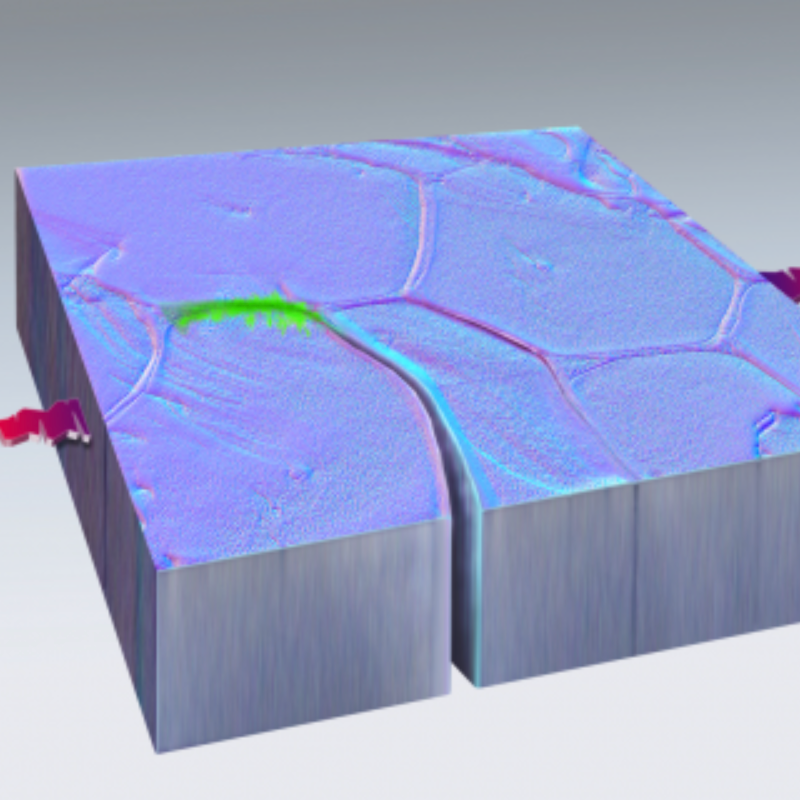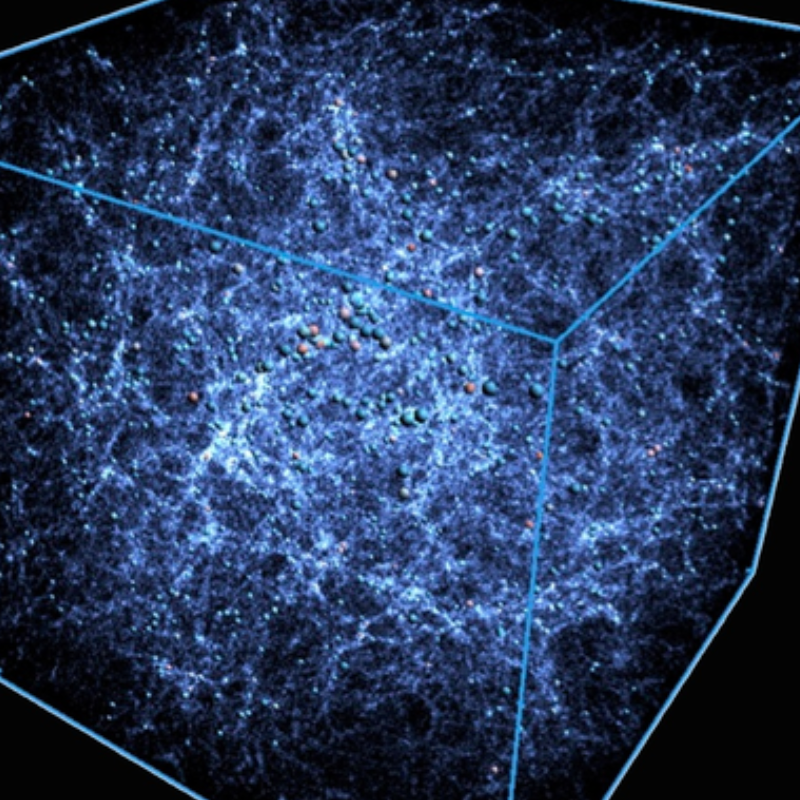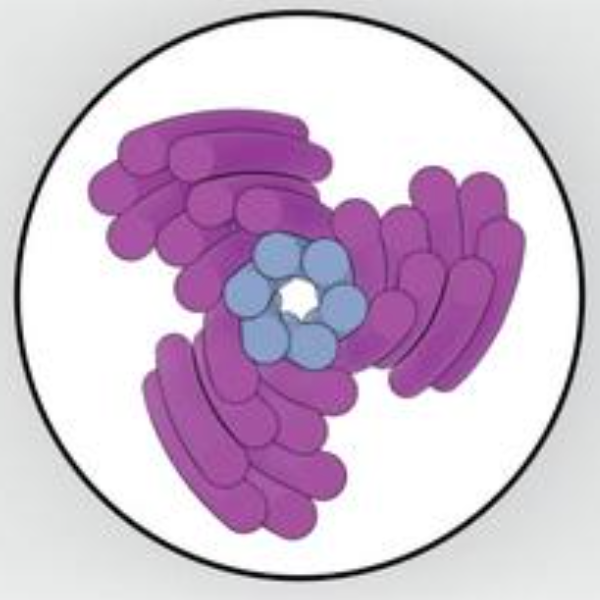Metal cracks, then heals itself
Jul. 19, 2023.
3 min. read
6 Interactions
Discovery could usher in an engineering revolution, with self-healing engines, bridges, and airplanes, say researchers
Scientists for the first time have witnessed pieces of metal crack, then fuse back together without any human intervention, overturning fundamental scientific theories in the process.
If the newly discovered phenomenon can be harnessed, it could usher in an engineering revolution—one in which self-healing engines, bridges and airplanes could reverse damage caused by wear and tear, making them safer and longer-lasting, according to the research team from Sandia National Laboratories and Texas A&M University,
“This was absolutely stunning to watch first-hand,” said Sandia materials scientist Brad Boyce. “What we have confirmed is that metals have their own intrinsic, natural ability to heal themselves, at least in the case of fatigue damage at the nanoscale,” he said.
Fatigue damage is one way machines wear out and eventually break. Repeated stress or motion causes microscopic cracks to form. Over time, these cracks grow and spread until—snap! The whole device breaks, or in scientific lingo, fails. The fissure Boyce and his team saw disappear was one of these tiny but consequential fractures, measured in nanometers.
Unexpected discovery
In 2013, Michael Demkowicz—then an assistant professor at MIT’s department of materials science and engineering, now a full professor at Texas A&M—published a new theory, based on findings in computer simulations: under certain conditions metal should be able to weld shut cracks formed by wear and tear.
The discovery that his theory was true came inadvertently at the Center for Integrated Nanotechnologies, a Department of Energy user facility jointly operated by Sandia and Los Alamos national laboratories..

Sandia National Laboratories researcher Ryan Schoell uses a specialized transmission electron microscope technique to study fatigue cracks at the nanoscale. (Credit: Craig Fritz, Sandia National Laboratories)
Khalid Hattar, now an associate professor at the University of Tennessee, Knoxville, and Chris Barr, who now works for the Department of Energy’s Office of Nuclear Energy, were running the experiment at Sandia when the discovery was made. They only meant to evaluate how cracks formed and spread through a nanoscale piece of platinum using a specialized electron microscope technique they had developed to repeatedly pull on the ends of the metal 200 times per second.
Computer model confirms theory
Surprisingly, about 40 minutes into the experiment, the damage reversed course. One end of the crack fused back together as if it was retracing its steps, leaving no trace of the former injury. Over time, the crack regrew along a different direction.
“I was very glad to hear it, of course,” Demkowicz said. The professor then recreated the experiment on a computer model, substantiating that the phenomenon witnessed at Sandia was the same one he had theorized years earlier
“The extent to which these findings are generalizable will likely become a subject of extensive research,” Boyce said. “We show this happening in nanocrystalline metals in vacuum. But we don’t know if this can also be induced in conventional metals in air.”
Their work was supported by the Department of Energy’s Office of Science, Basic Energy Sciences; the National Nuclear Security Administration and the National Science Foundation.
Citation: Barr, C. M., Duong, T., Bufford, D. C., Milne, Z., Molkeri, A., Heckman, N. M., Adams, D. P., Srivastava, A., Hattar, K., Demkowicz, M. J., & Boyce, B. L. (2023). Autonomous healing of fatigue cracks via cold welding. Nature, 1-5. https://doi.org/10.1038/s41586-023-06223-0
Let us know your thoughts! Sign up for a Mindplex account now, join our Telegram, or follow us on Twitter.

.png)

.png)


.png)







0 Comments
0 thoughts on “Metal cracks, then heals itself”